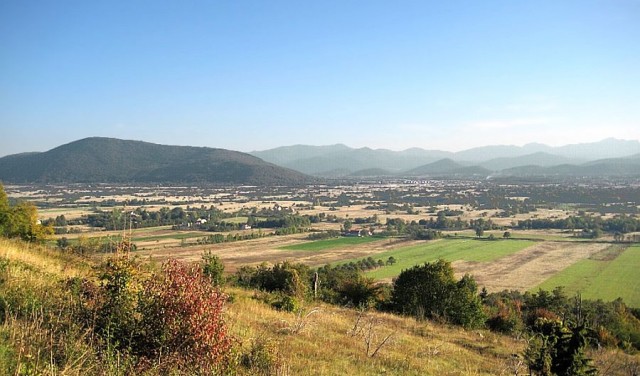
Home
Transfers
Transfers by carTransfers by boatVip - Luxury Transfers
Day and multiday tours
Day tours by carDay tours by boatPanoramic FlightsTailor made tours
Adventure tours
SEA ADVENTURE & FUNQuad, buggy & jeep adventure Rafting & kayak adventureZip-line adventureWalking & HikingRock climbing & canyoningBicycling / Riding Airsoft / PaintballRecreational areasCombo adventuresMULTI-DAY ADVENTURES
Charter
Cabin charterGulets charterMotor yacht charterCatamarans and sailboats charterRECOMMENDED ROUTES
Rent
Rent a BoatRent a Jet SkiRent a BikeRent a ScooterRent a MotorbikeRent a Car
Accommodation
HotelsVillasApartments
Contact
Plitvice Lakes National Park
Plitvice Lakes National Park in Croatia
Consists of 16 beautiful cascading lakes on the Koran River, located between the Small Chapel and the Plješevica River in Lika. It is the largest, oldest and most visited Croatian national park.
The region was declared a national park in 1949. Plitvice Lakes are a specific geological and hydrogeological karst phenomenon. Lake Complex is a wooded mountainous area with 16 small and larger lakes of crystalline emerald-blue-green color. Water capacity drains from numerous streams and streams, and are interconnected by sparkling cascades and waterfalls. The lakes have been separated from the barren barriers that have been created for about ten thousand years, which is the characteristic of this park. Spacious forest complexes, exceptional natural beauty of lakes and waterfalls, rich flora and fauna, mountain air, contrasts of autumn colors, forest paths, wooden bridges and the like, are part of the UNESCO World Heritage Site 1979, among the first in world.
Lakes are divided into Upper and Lower Lakes. The upper lakes are: Prošćansko jezero, Ciginovac, Okrug, Batinovac, Veliko jezero, Small lake, Vir, Galovac, Milino lake, Gradinsko jezero, Veliki Burget and Kozjak. The lower lakes are: Milanovac, Gavanovac, Kaluđerovac and Novaković Brod.
The lakes flood the Black and White rivers with tributaries and Rječici and its tributaries. There are many sources where water is abundant. These are typical karst springs created on the defects of permeable and impermeable geological formations.
As many as 1267 different plant species are registered in the Park, of which up to 50 species of orchids.

 EN
EN Hrvatski
Hrvatski German
German Italian
Italian Français
Français Polish
Polish Russian
Russian















